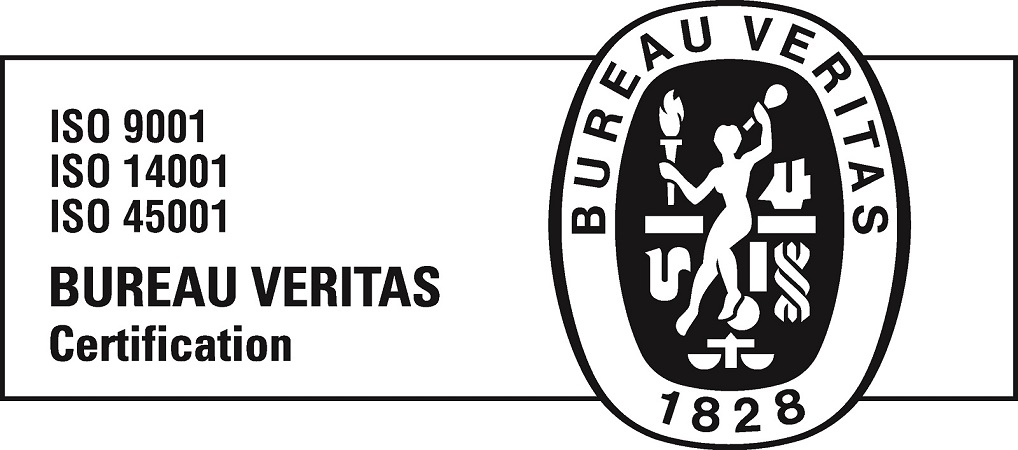




© 2023 RDS. All rights reserved. Designed and developed by delefant
Solar energy is advancing by leaps and bounds in our country thanks to photovoltaic installations. One of the most striking possibilities… One of the most striking possibilities is that of shared self-supply and the notable profitability they offer.
At RDS we explain what shared self-supply consists of, the requirements you must meet to access this modality and the great benefits that will make you reconsider this option. Let’s get started!
Table of Contents
ToggleCollective self-supply consists of the installation of solar panels to generate energy that is shared and consumed by several participants. In our country, self-supply is particularly important due to the current building system.
Approximately 66.5 % of the Spanish population lives in blocks of buildings, making it the European country with the highest percentage on this matter. This situation reinforces the shared installation of photovoltaic solar energy.
To enjoy the shared installation of solar panels with your neighbours, you must meet three essential requirements:
There are different models of collective self-supply for the generation of photovoltaic energy. This depends on various factors depending on the location where the installation is to be carried out, such as whether the building is under construction or already inhabited.
According to Royal Decree 244/2019, those participants who have a shared self-supply installation belong to any of these modalities:
This consists of a number of participating users reaching an agreement to install self-supply panels through an anti-dumping device, which prevents the injection of surplus energy into the electricity grid.
This modality allows surplus energy to be sold on the electricity market. Ownership of the installation belongs to the energy producer, who will formalise the sale of said surpluses.
Participants who take advantage of surplus compensation receive a discount on their electricity bill at the end of each period, with a maximum of one month.
Consumers benefiting from the installation of photovoltaic panels and the consequent generation of energy are divided into three groups of shared self-supply:
It can be a basic shared self-supply, in which the neighborhood community uses the energy generated to supply the common areas. Integral consumption, in which the community of neighbors uses the energy generated by the self-supply system inside their homes and businesses. And finally, flexible self-supply, in which only some of them participate in the energy installation.
A group of two or more nearby businesses that install solar panels together to take advantage of the maximum energy production during business hours.
Two or more single-family homes within a maximum distance of 500 m from each other produce and share energy.
Shared self-supply installations do not require a large initial investment by the participants, thus taking advantage of economies of scale, producing more energy at a lower cost.
As there are several consumers of the photovoltaic system, the available surface area will be larger, so the best location can be chosen to optimize production.
Self-supply installations require a lower initial investment by the participants, and can be amortized in a shorter period of time, usually between 3-4 years.
At RDS, we have at your disposal all types of photovoltaic installations under the highest standards of quality and efficiency. Since 2008, we have been offering you the most abundant resource in the world, the Sun.